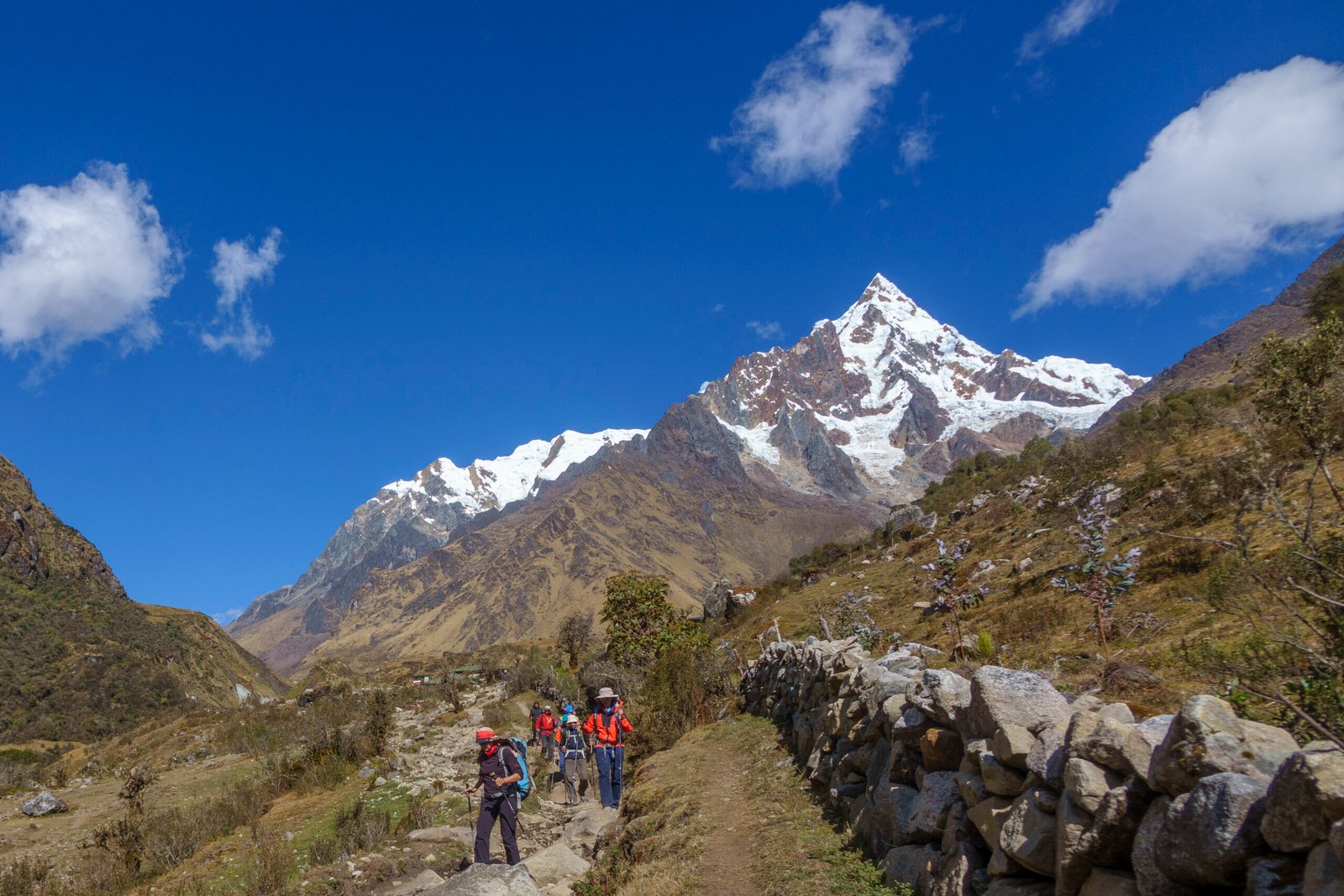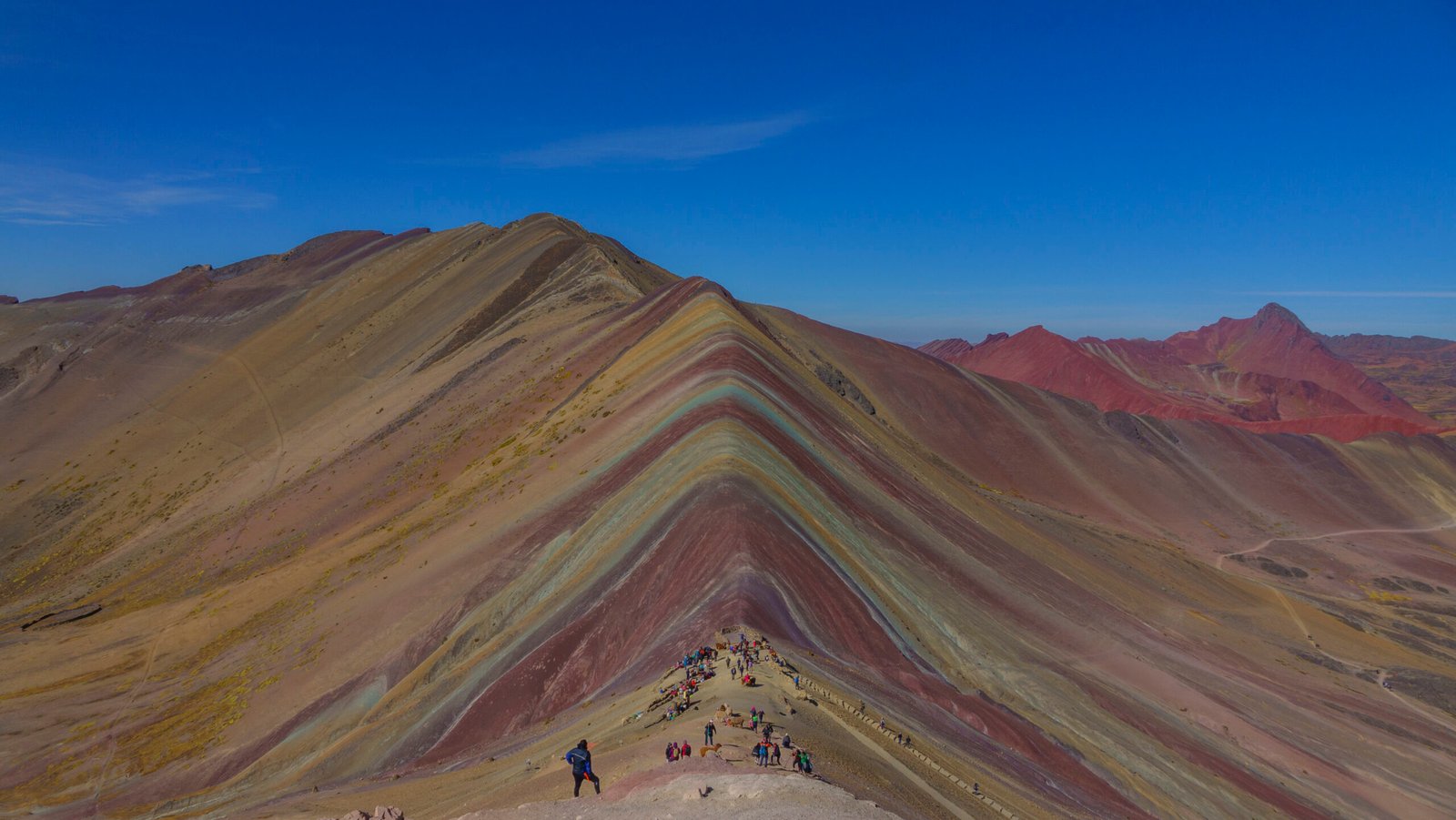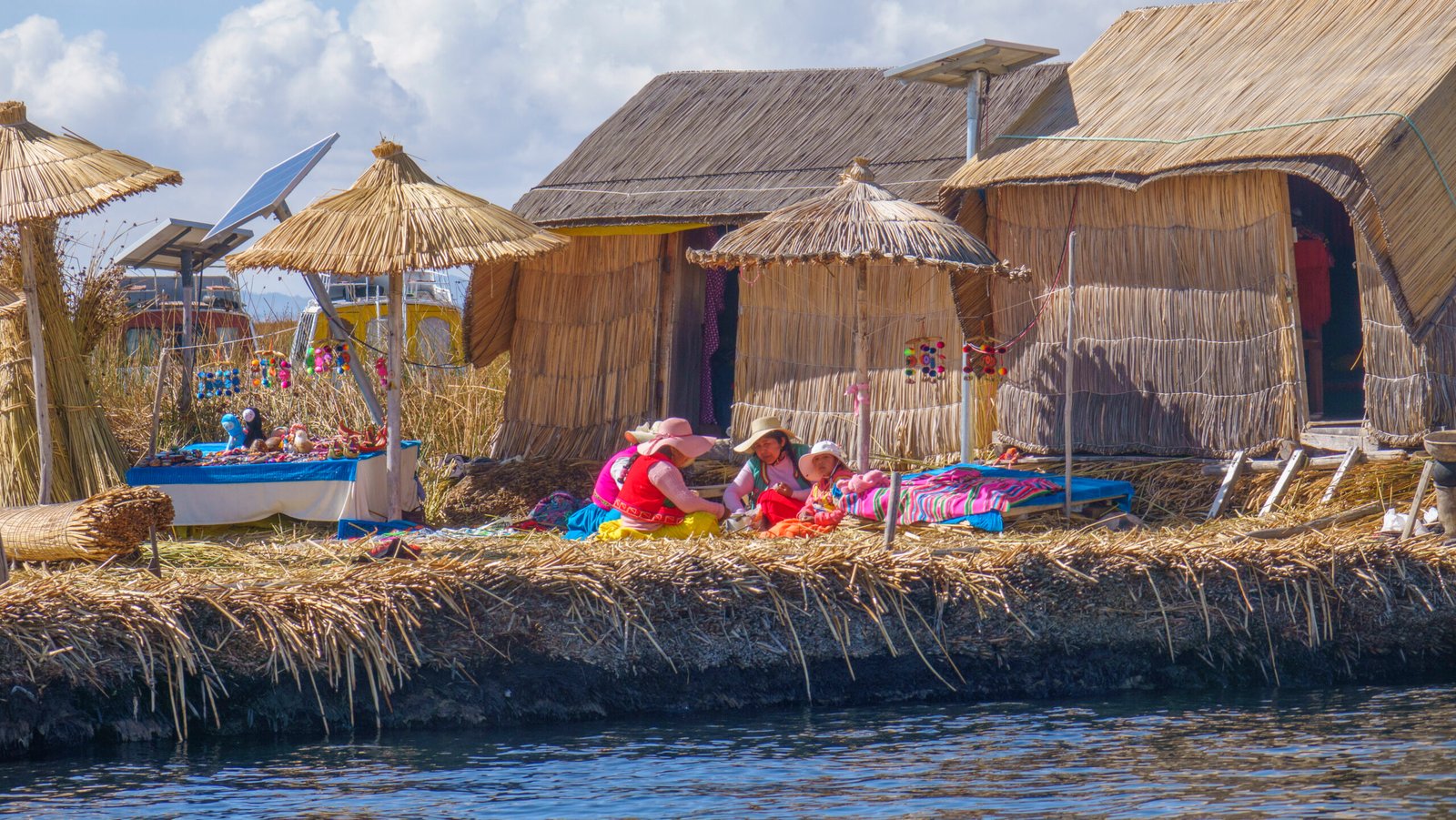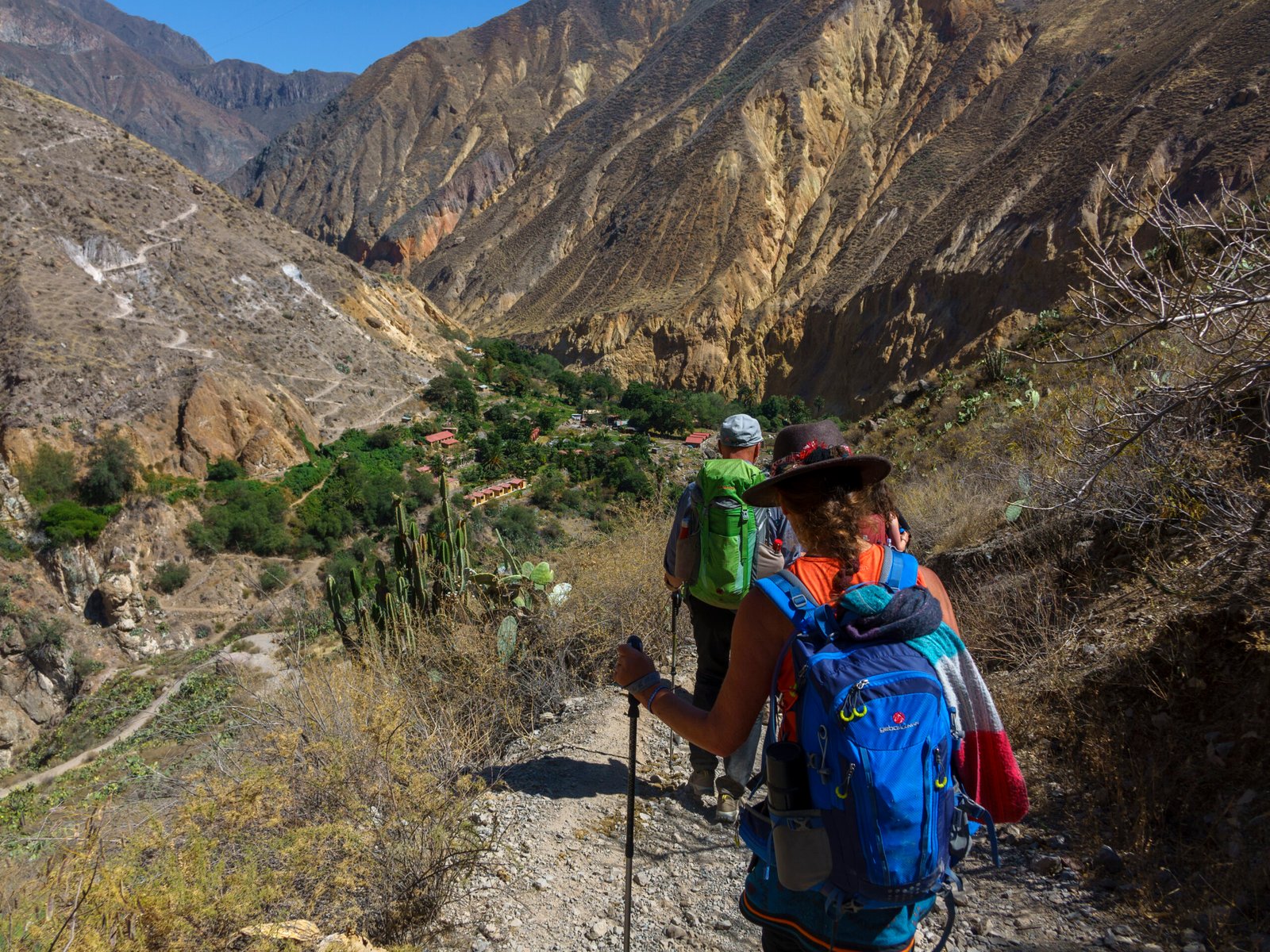PERU
In the very south of the country is the largest lake in South America, Lake Titicaca. According to legend, the first Inca set foot on earth here, founded the city of Cuzco (= "navel of the world") and ruled over an empire that later stretched from Quito in Ecuador to northern Chile.
Category
Birdwatching, Climbing, Colonial Town, Nature, TrekkingThere are many reasons to visit the land of the Incas at least once in a lifetime. The most surprising is probably the Peruvian cuisine. That the locals themselves rave about it and Peruvians living abroad miss it the most of all is probably normal. But it is also internationally ranked among the best in the world after French and Chinese cuisine! For a long time it slumbered in the small restaurants and street kitchens, but now there are numerous Peruvian star chefs and a restaurant in Lima was recently even voted number 4 of the 50 best restaurants in the world.
The country’s geography also has superlatives to offer. The narrow, fish-rich coastal strip is paralleled by the Andes mountain range, which alone boasts 55 six-thousand-meter peaks. Beautiful trekking tours lead along turquoise lagoons to the foot of ice-covered peaks.
In the very south of the country is the largest lake in South America, Lake Titicaca. According to legend, the first Inca set foot on earth here, founded the city of Cuzco (= “navel of the world”) and ruled over an empire that later stretched from Quito in Ecuador to northern Chile. Consequently, Peru is where most of the evidence of Inca culture and its predecessors can be found. Machu Picchu is certainly the most famous relic, but only one of many scattered throughout the country. If you want to experience archaeology “live”, you can still watch the excavations in Peru or at least marvel at the progress each year with your own eyes.
Most of the country (60%) east of the Andes is covered by cloud and rain forest. In order to protect the extraordinary biodiversity, the Manú National Park was founded as early as 1973, where up to 200 mammal species live and visitors can even observe the jaguar in the wild.
In addition to culinary delights, culture and nature, it is above all the people and their warmth that make a trip to Peru unforgettable. Nearly three quarters of the population are wholly or partially of indigenous descent and maintain their traditions with pride. At some point during a trip to Peru, everyone will inevitably be able to experience a joyful celebration with traditional costumes and rousing music.







